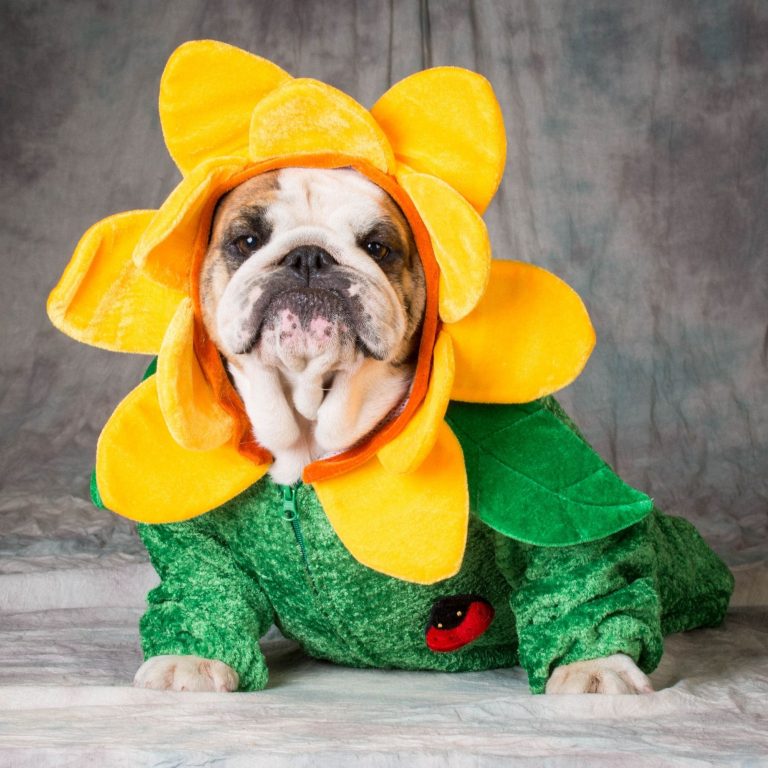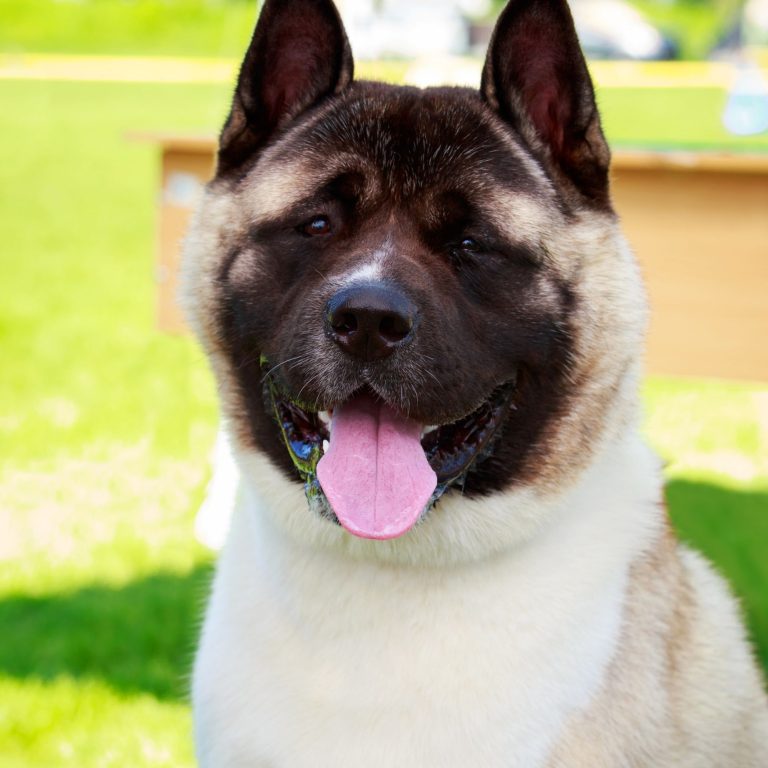Soothe Your Purring Pal: Effective Anxiety Relief Toys for Cats
Understanding Cat Anxiety
If you have a furry feline friend who experiences anxiety, it’s important to understand their condition and find ways to provide comfort and relief. Cat anxiety can manifest in various ways and may be triggered by factors such as changes in the environment, separation from their owner, or fear of specific stimuli. In this section, we will explore the signs and symptoms of cat anxiety, discuss why addressing it is crucial, and highlight the benefits of interactive toys for anxiety relief.
Signs and Symptoms of Cat Anxiety
Cats may exhibit a range of signs and symptoms when they are experiencing anxiety. Some common indicators include:
- Excessive meowing or vocalization: Cats may meow more frequently when they are feeling anxious or stressed.
- Hiding or seeking solitude: An anxious cat may retreat to secluded areas, such as under furniture or in closets, to cope with their anxiety.
- Aggressive behavior: Cats dealing with anxiety may display aggression towards people or other animals.
- Excessive grooming: Felines may engage in excessive grooming or licking of their fur as a self-soothing mechanism.
- Changes in appetite: Anxiety can sometimes lead to a decrease or increase in appetite.
- Inappropriate elimination: Cats may urinate or defecate outside of their litter box when they are feeling anxious.
By recognizing these signs, you can better understand your cat’s emotional state and take appropriate steps to provide relief.
The Importance of Addressing Cat Anxiety
Addressing cat anxiety is crucial for the overall well-being and happiness of your furry friend. Untreated anxiety can lead to chronic stress, which can have negative effects on your cat’s physical and mental health. Chronic stress may weaken the immune system, impact digestive health, and contribute to behavioral issues.
By addressing your cat’s anxiety, you can help them feel safer and more secure in their environment. This can lead to improved overall quality of life and a healthier bond between you and your pet.
Benefits of Interactive Toys for Anxiety Relief
Interactive toys can play a valuable role in providing anxiety relief for cats. These toys engage your cat’s natural instincts and provide mental stimulation. They can help distract your cat from sources of anxiety and redirect their focus to a positive and engaging activity.
Interactive toys offer several benefits for anxious cats. They can:
- Provide mental stimulation: Interactive toys challenge your cat’s cognitive abilities and keep them engaged, which can help reduce anxiety by redirecting their focus.
- Promote physical activity: Engaging toys encourage your cat to move and play, which can help alleviate stress and anxiety.
- Mimic hunting behavior: Many interactive toys are designed to stimulate a cat’s natural hunting instincts. This can help relieve anxiety by providing an outlet for their innate behaviors.
- Offer a sense of control: Interactive toys allow your cat to control the play experience, giving them a sense of autonomy and empowerment.
By incorporating interactive toys into your cat’s routine, you can provide them with a productive outlet for their energy and help alleviate their anxiety.
In the next section, we will explore different types of interactive toys that are specifically designed to provide anxiety relief for cats, including puzzle toys, treat dispensing toys, wand toys, and electronic toys. Stay tuned to discover which toys may be the most beneficial for your anxious feline companion.
Interactive Toy Types for Cat Anxiety Relief
When it comes to providing anxiety relief for your feline friend, interactive toys can play a significant role in keeping them engaged and mentally stimulated. Here are some popular types of interactive toys that can help alleviate cat anxiety:
Puzzle Toys
Puzzle toys are designed to challenge your cat’s problem-solving skills and keep their minds active. These toys often have hidden compartments or compartments that require manipulation to access treats or toys. By engaging with puzzle toys, cats are mentally stimulated, which can help distract them from anxiety-inducing situations. Puzzle toys also encourage natural hunting and foraging behaviors, providing a sense of fulfillment. Introduce your anxious cat to the world of puzzle toys and watch them engage their minds while having fun.
Treat Dispensing Toys
Treat dispensing toys are a fantastic way to engage your cat’s senses and provide them with a rewarding experience. These toys are designed to release treats as your cat interacts with them, stimulating their curiosity and providing a positive distraction from anxiety triggers. Treat dispensing toys are available in various shapes and sizes, allowing you to choose the one that best suits your cat’s preferences. Remember to adjust the level of difficulty to keep your cat challenged and engaged.
Wand Toys
Wand toys are interactive toys that simulate prey-like movements, captivating your cat’s attention and encouraging them to engage in play. These toys typically consist of a wand with a feather, string, or toy attached to the end. By moving the wand in a way that mimics the movements of prey, you can provide your anxious cat with an outlet for their natural hunting instincts. Wand toys not only provide physical exercise but also help redirect anxious energy into a positive and enjoyable activity.
Electronic Toys
Electronic toys are a modern and innovative option for entertaining and engaging anxious cats. These toys often feature moving parts, lights, and sounds that mimic the behavior of prey. Electronic toys can be especially useful for cats who may be less interested in traditional toys. By providing interactive and stimulating experiences, these toys can help reduce anxiety and keep your cat entertained for hours. Just be sure to supervise your cat while they play with electronic toys to ensure their safety.
By incorporating interactive toys into your cat’s playtime routine, you can help alleviate their anxiety and provide them with mental and physical stimulation. Remember to consider your cat’s preferences, safety considerations, and gradually introduce new toys to ensure a positive experience. For more information on anxiety relief toys for cats, check out our article on anxiety-reducing toys for cats.
Choosing the Right Toys for Your Anxious Cat
When it comes to selecting toys for your anxious cat, it’s important to consider your feline friend’s preferences, safety, and the proper introduction of the toys. By taking these factors into account, you can provide your cat with the most effective anxiety relief.
Considering Your Cat’s Preferences
Each cat has unique preferences when it comes to toys. Some cats may enjoy toys that they can pounce on, while others may prefer toys they can chase or bat around. Observe your cat’s behavior and take note of what types of toys they show interest in. This will help you choose toys that will engage and entertain them. Remember, interactive toys that require your cat to engage in play are often more effective in reducing anxiety. Check out our article on interactive toys for anxious cats for more information.
Safety Considerations
The safety of your cat should always be a top priority when selecting toys. Ensure that the toys you choose are made from non-toxic materials and are free from small parts that could be ingested. Additionally, avoid toys with strings or loose parts that could pose a choking hazard. Regularly inspect the toys for any signs of wear or damage, and replace them if necessary. For a comprehensive guide on choosing safe toys for your cat, refer to our article on toys to distract anxious cats.
Introducing the Toys to Your Cat
Introducing new toys to your cat requires a gentle and patient approach. Allow your cat to become familiar with the toy at their own pace. Place the toy in an area where your cat spends a lot of time or near their favorite resting spot. Observe their reaction and encourage play by interacting with the toy yourself. Use enticing movements or sounds to capture their attention. If your cat shows interest, reward them with treats or praise. Gradually increase the amount of playtime with the new toy over time. For more tips on introducing toys to your cat, refer to our article on cat toys for nervous cats.
By considering your cat’s preferences, ensuring toy safety, and introducing the toys properly, you can effectively provide anxiety relief through play. Remember to monitor your cat’s behavior and adjust the toys as needed to keep them engaged and entertained. With the right toys, you can help soothe your anxious cat and enhance their overall well-being.
DIY Anxiety Relief Toys for Cats
If you’re looking for cost-effective ways to provide anxiety relief for your feline companion, DIY (Do-It-Yourself) toys can be a great option. Creating your own interactive toys can not only save you money but also allow you to customize them based on your cat’s preferences. Here are three types of DIY anxiety relief toys that you can try making at home:
Simple DIY Puzzle Toys
Puzzle toys engage your cat’s natural hunting instincts and provide mental stimulation, which can help alleviate anxiety. Creating simple DIY puzzle toys can be a fun and rewarding activity. Here’s a simple idea to get you started:
- Take a small cardboard box and cut several holes of different sizes on the sides.
- Place some of your cat’s favorite treats or toys inside the box.
- Close the box and let your cat figure out how to retrieve the treats or toys through the holes.
This simple DIY puzzle toy will keep your cat entertained and mentally engaged while encouraging problem-solving skills.
Homemade Treat Dispensing Toys
Treat dispensing toys are a fantastic way to provide both mental stimulation and reward for your anxious cat. Here’s a homemade treat dispenser you can easily make:
- Take a clean plastic bottle and remove the cap.
- Cut small holes in the sides of the bottle, large enough for treats to pass through.
- Fill the bottle with your cat’s favorite treats.
- Let your cat roll the bottle around to dispense the treats as they play.
This DIY treat dispenser will not only keep your cat engaged but also provide a tasty reward for their efforts.
DIY Wand Toys
Wand toys are excellent for interactive play and can help redirect your cat’s anxious energy. Creating your own DIY wand toy is simple and can be done using readily available materials:
- Find a sturdy stick or dowel that is long enough to keep your hands at a safe distance from your cat’s claws.
- Attach a string or a piece of ribbon to one end of the stick.
- Tie a lightweight toy, such as a feather, a small plush toy, or a crinkly ball, to the other end of the string or ribbon.
With your DIY wand toy, you can engage in interactive play sessions with your cat, providing mental and physical stimulation while strengthening the bond between you.
Remember, when making DIY toys, always prioritize safety. Ensure that all materials used are non-toxic and do not pose any choking hazards to your cat. Supervise your cat while they play with these toys to prevent any accidents.
In addition to DIY toys, consider incorporating other strategies for cat anxiety relief, such as environmental enrichment, regular play and exercise, and calming techniques. By combining these approaches, you can create a soothing environment that promotes your cat’s well-being and helps alleviate anxiety.
Additional Strategies for Cat Anxiety Relief
In addition to interactive toys, there are other strategies you can incorporate into your cat’s routine to help alleviate anxiety. These strategies focus on providing environmental enrichment, engaging in regular play and exercise, and utilizing calming techniques to create a soothing environment for your furry friend.
Environmental Enrichment
Creating an enriched environment is essential for cats with anxiety. By enriching their surroundings, you can offer mental stimulation and help reduce stress levels. Here are some ideas to enhance your cat’s environment:
- Provide vertical spaces: Cats love to climb and perch. Install cat trees, shelves, or window perches to give them elevated spaces to explore and observe their surroundings.
- Offer hiding spots: Create cozy hiding spots using cat tunnels, beds, or boxes. These safe spaces can provide a sense of security for your anxious cat.
- Provide scratching posts: Scratching is a natural behavior for cats and helps them relieve stress. Offer sturdy scratching posts or boards to satisfy their instinctual needs.
- Introduce interactive toys: In addition to anxiety relief toys, interactive toys that mimic prey-like movements can engage your cat’s hunting instincts and provide mental stimulation.
Regular Play and Exercise
Regular play and exercise sessions are crucial for cats, especially those with anxiety. Engaging in play helps them burn off excess energy, reduce stress, and strengthen the bond between you and your feline companion. Here are some tips for play and exercise:
- Schedule daily play sessions: Set aside dedicated time each day to play with your cat using interactive toys like wand toys or laser pointers. Engage them in active play that mimics hunting behaviors.
- Rotate toys regularly: Cats can become bored with the same toys. Rotate their toys to keep them engaged and interested.
- Provide opportunities for exercise: Set up a cat-friendly obstacle course or use treat-dispensing toys to encourage your cat to move and play.
Calming Techniques
Implementing calming techniques can help create a serene environment for your anxious cat. These techniques aim to soothe their nerves and promote relaxation. Here are some calming techniques to consider:
- Use pheromone diffusers: Feliway diffusers emit synthetic pheromones that mimic the natural facial pheromones of cats. These pheromones can help create a sense of security and reduce anxiety.
- Create a peaceful space: Designate a quiet area in your home where your cat can retreat when feeling stressed. Provide comfortable bedding and make it a cozy sanctuary.
- Try gentle massage: Some cats find gentle massages soothing. Use slow, gentle strokes to help relax your cat. However, be mindful of your cat’s body language and stop if they show signs of discomfort.
By incorporating these additional strategies into your cat’s routine, you can help reduce their anxiety levels and create a more harmonious living environment. Remember to be patient and observe your cat’s responses to determine what works best for them. For more information on anxiety relief toys for cats, check out our article on anxiety-reducing toys for cats.







